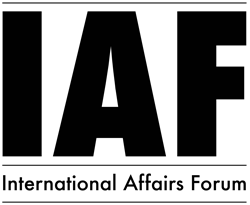| Tue. June 17, 2025 |
 |
|
||
|
||||
| ||||
Abstract
Images and other forms of photographic evidence inform global events and crises, from Napalm Girl highlighting the atrocities of the U.S. Armed Forces in Vietnam, to the graphic footage of the 9/11 attacks on the World Trade Center; these images produce profound effects on the individual in their cognitive processes. The more gruesome the image, it seems, the greater the emotional response associated with it. Such exceptional “snapshots” in memory describe flashbulb memories, where highly emotional, detailed, and vivid memories are recalled. These flashbulb memories face scrutiny from scholars and psychologists as these types of memories tend to decline in consistency (Talarico & Rubin, 2003). Perhaps, the activation of the fight-or-flight system after viewing these pieces of evidence helps influence calls to action among policymakers in determining military intervention. The debate revolving around images and their impact on policy pits the likelihood of intervention against either the gruesomeness of the image itself, or if the image seems to threaten the interests of the state’s regime. In addition, the gruesome nature of the photos, whether their context involves mass murder, war crimes, or other inhumane practices, seems to incite responses from governments depending on the severity suggested. While prior research concludes some of the effects of violent war images and crafting policy, further research requires delving into the priming of different populations under varying circumstances.
| Comments in Chronological order (0 total comments) | |
| Report Abuse |
| Contact Us | About Us | Donate | Terms & Conditions |
|
All Rights Reserved. Copyright 2002 - 2025